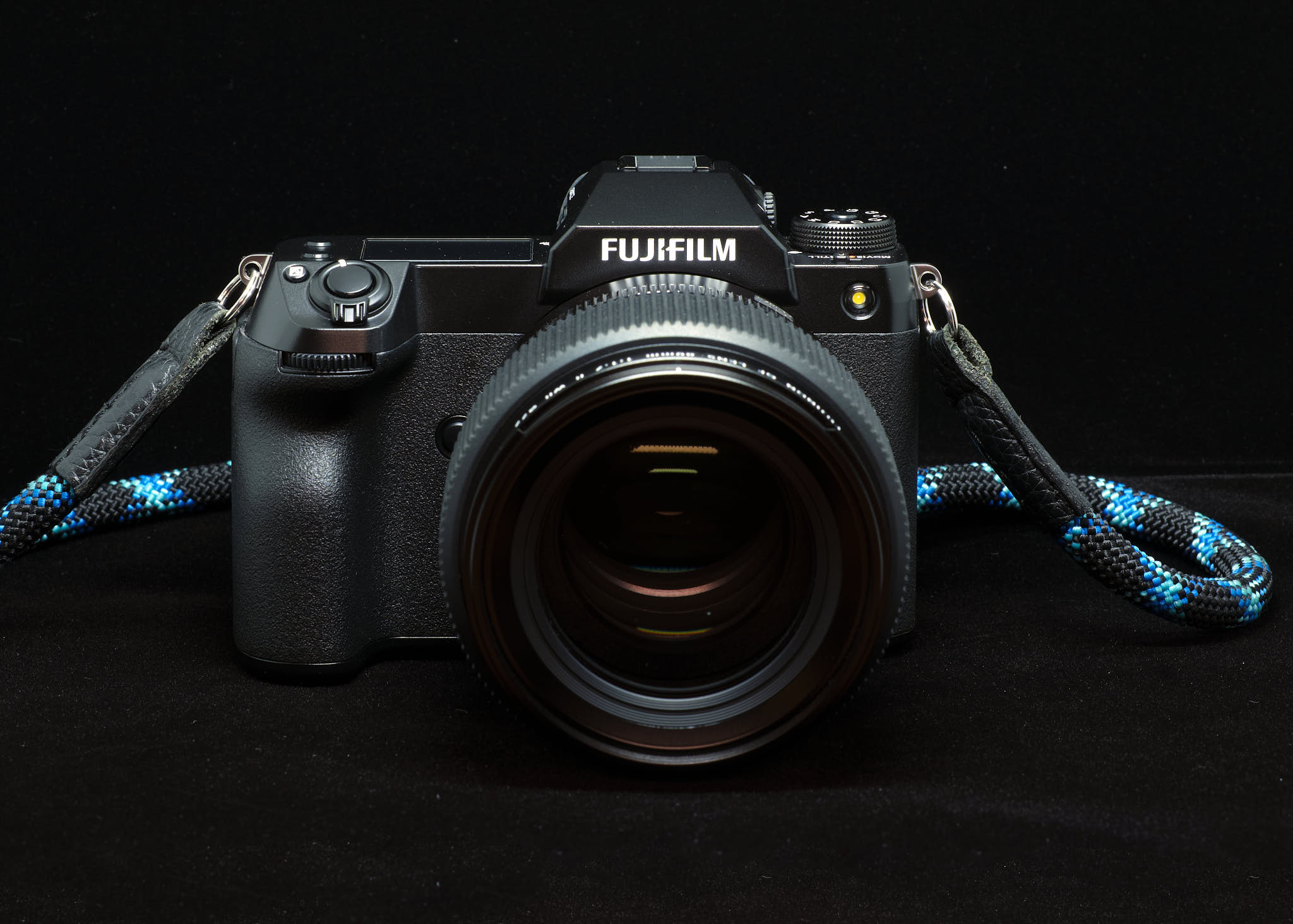
A little over three years ago, I wrote a first impressions review for the GFX 50R, and started the article with a few paragraphs about trade-offs. The theme throughout that article hinged on tradeoffs because that camera, while fantastic, was all about the engineers making reasonable trade-offs to hit a price point. For this review, there will be no lengthy paragraphs on that subject because Fujifilm has managed something very special, in being able to hit a compelling price point, while managing to keep the camera featured packed.
Before going into the review, a disclaimer that all items reviewed in this article have been purchased at full retail price from Fujifilm China. This website has not received any benefits to write this article, nor has the article been been provided to any entity for review prior to publishing.
Weight
Upon opening the familiar white Fujifilm GFX box (if you haven’t seen the box, you can view hundreds of boxes on the GFX Owner’s Forum on facebook!), I was surprised at what I was about to lift out of the egg-crate innards. The camera has some good heft to it; whereas the 50R felt featherlight coming out of the box, the 100S feels perfectly substantial. It reminds me of picking up a Leica SL2 for the first time, it has that feeling of quality that weight brings.
The specs say it weighs only 900g with battery and one memory card versus the 50R at 775g with the same specification. However, it feels like more than 125g and in a good way. It has that wonderful monocoque feeling, like it’s been made from one chunk of metal, without any joints or screws holding it together. The weight feels well balanced throughout the camera without any unusual forces required to hold it steady.
Build Quality
It’s clear from the moment you touch the 100S that Fujifilm has learned a lot about build quality since the 50S/50R. There are a number of improvements, especially over the 50R. The battery door, a criticism I had on the 50R, has been rectified with a better latching mechanism. The buttons feel similar to the 50R, which is to say they’re sufficient but not amazing; I don’t know why every Fujifilm camera has a different feel to various switches and dials. Why can’t we have the excellent dial feel of the X-T4 instead of the somewhat mushy clickable dial in the 50R/100S?
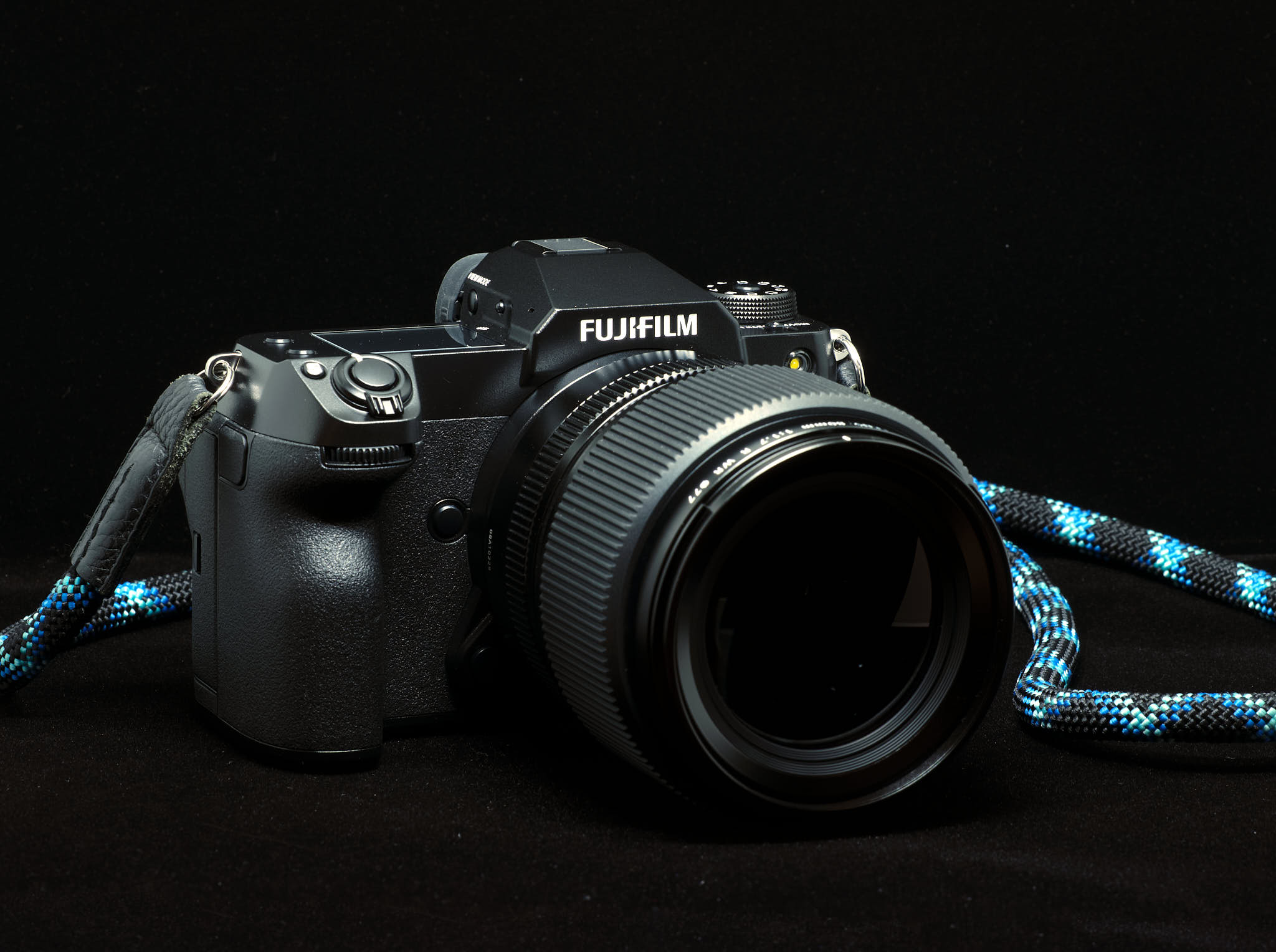
The SD card door feels excellent and robust, however the covers for the USBC and microphone inputs on the other side are cheap and don’t fit as snug as I would like to see on my 100S. The USBC cover especially feels like it doesn’t have enough tension to stay closed, let alone stay sealed. I expect that I’ll need to warranty that cover at some point as the rubber shrinks and loses what little tension it currently has.
Besides those few niggles, the overall camera is vey well put together and feels like it’ll last a long time. I think this is the best put together Fujifilm camera that I’ve experienced thus far. By limiting the number of dials, I think Fujifilm was able to put more emphasis on building a very strong structure, and this can be felt in everyday use. It really reminds me of a Leica M10 or Leica SL2; it even looks a lot like a Leica SL2.
Size
When I first got my 50R, I was taken aback by the sheer size of that beast. Over time, I got used to the size and became comfortable with it. The 100S experience has been the opposite. When taking it out of the box, I was surprised at how small it is. If viewed without any reference, you could be forgiven for thinking that it was a black X-T4. This is especially apparent when looking at the width of the camera. The numbers seem small, but the visual shows how much smaller the 100S compared to the 50R.
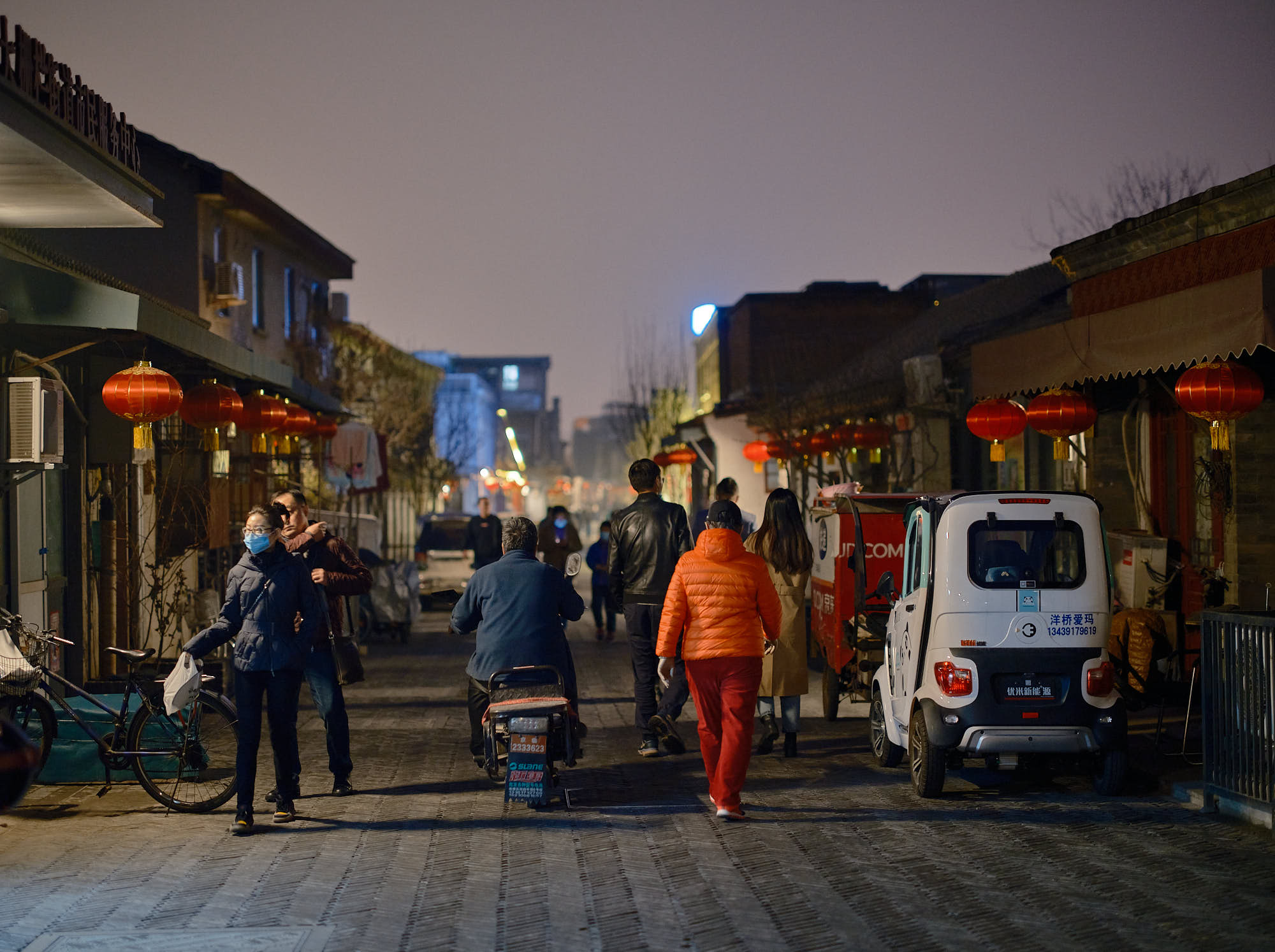
Where the 50R is a snug fit in places like the Peak Design 20L Everyday Backpack, the 100S fits perfectly in the folded dividers. I can easily fit the 100S with the 80MM F1.7 lens in a Peak Design 6L sling and have space left over for another lens or maybe even two if one of them is the 50MM F3.5. In everyday use, I’ve found the 100S to be far less intrusive to people than the 50R. I took it into bars and restaurants and didn’t even get a second look from people.
Controls
My first real camera was a Sony NEX5R, followed by the Fujifilm X-T10. I then got a Fujifilm X-Pro2 and fell in love with that form factor and all the wonderful tactile dials. When I got the 50R, I was disappointed that Fujifilm didn’t provide an ISO dial. Over time, I got accustomed to not having one, but I missed it every time I used that camera. With the 100S, Fujifilm has gone in a new (for Fujifilm) direction by copying its competitors. I can appreciate why they’ve done this; they know that 50S/50R users will suffer through PSAM (Program, Shutter Priority, Aperture Priority, Manual) in order to get access to 102MP and IBIS, and at the same time, they’ll welcome hoards of DSL users through this familiar interface.
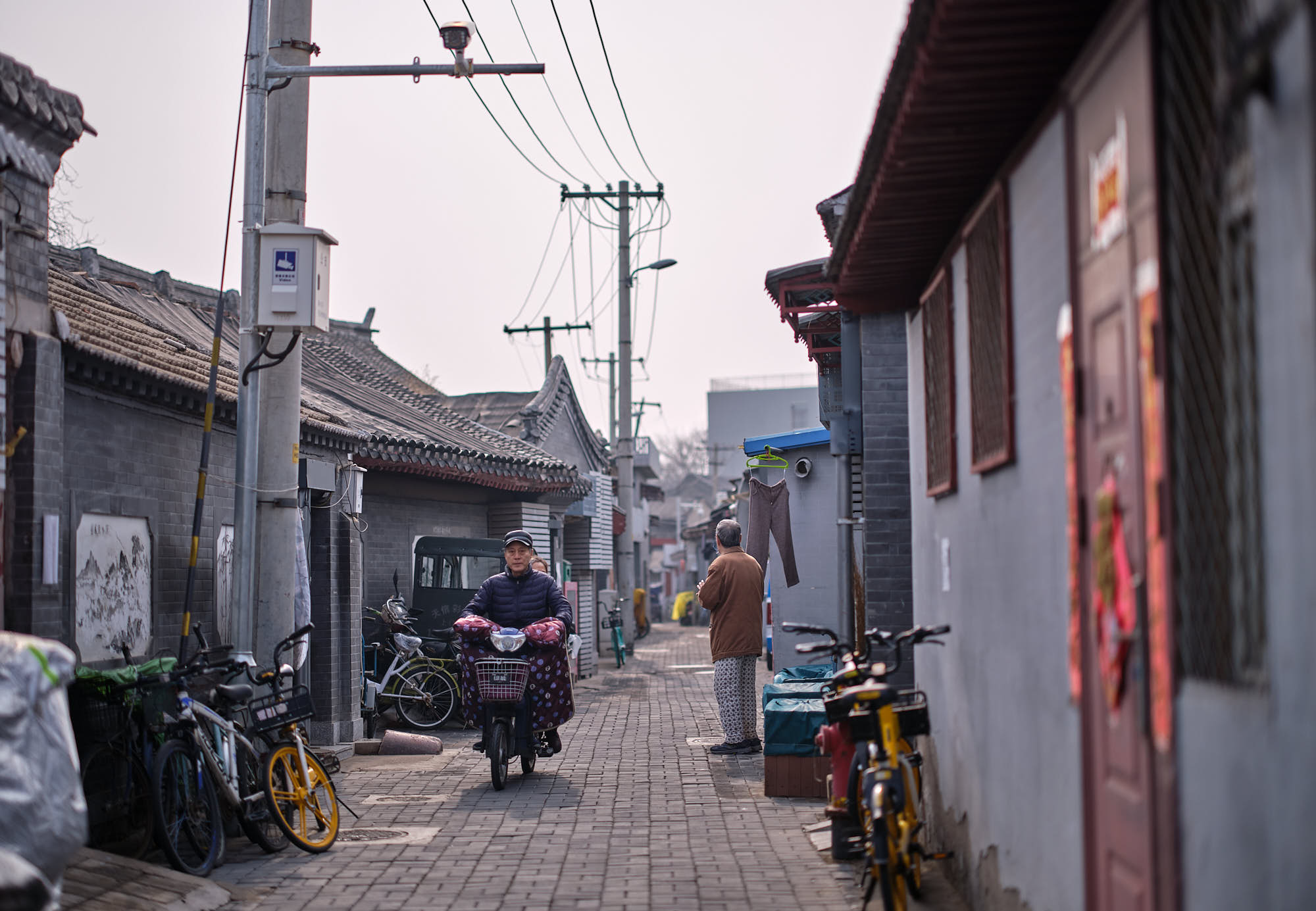
While PSAM may be familiar to many DSLR users, it’s actually quite unintuitive for those that are newer to photography. It took me a while to figure out what I was doing compared to using the intuitive ISO, Shutter Speed, and Aperture dials on other Fujifilm (and Leica) cameras. I expect that Fujifilm will grant us dial lovers our wishes in a future 100R sometime in late 2022. Anyway, with enough time, the PSAM becomes easy to use and perhaps even more efficient as I get used to manipulating the settings using the control dials.
With the PSAM dial setup, there is one very large advantage which hasn’t been mentioned to much and that’s the ability to save six configurations that can be called up easily by turning the dial. I’ve set mine up as follows:
C1 is for everyday use
- Drive: Single
- ISO: Auto with max 1600 and auto shutter speed of ~1/FL
- Simulation: Provia
- Focus Mode: All
C2 is for portraits
- Drive: Continuous Low
- ISO: Auto with max 12,800 and auto shutter with minimum of 1/125
- Simulation: Provia
- Focus Mode: Face/Eye Detect, Auto Eye and Zone for when no face is found
C3 is for animals
- Drive: Continuous High
- ISO: Auto with max 12,800 and auto shutter with minimum of 1/250
- Simulation: Provia
- Focus Mode: Wide Tracking
C4 is for landscapes
- Drive: Single
- ISO: 100
- Simulation: Velvia
- Focus Mode: Single Point
One item I didn’t see mentioned too often in early reviews was the shutter button. Sadly, Fujifilm has gone the route of other manufactures and implemented a soft button shutter. I can appreciate why they did this; with 102MP on tap, and single hand holding being a realistic proposition with the excellent grip, having to press through a two-step shutter button would likely introduce shake in the images. I love the distinct steps on my Leica M10’s shutter, but I’m cognizant that this also means many images come out slightly angled and with some blurriness if I’m not super careful.
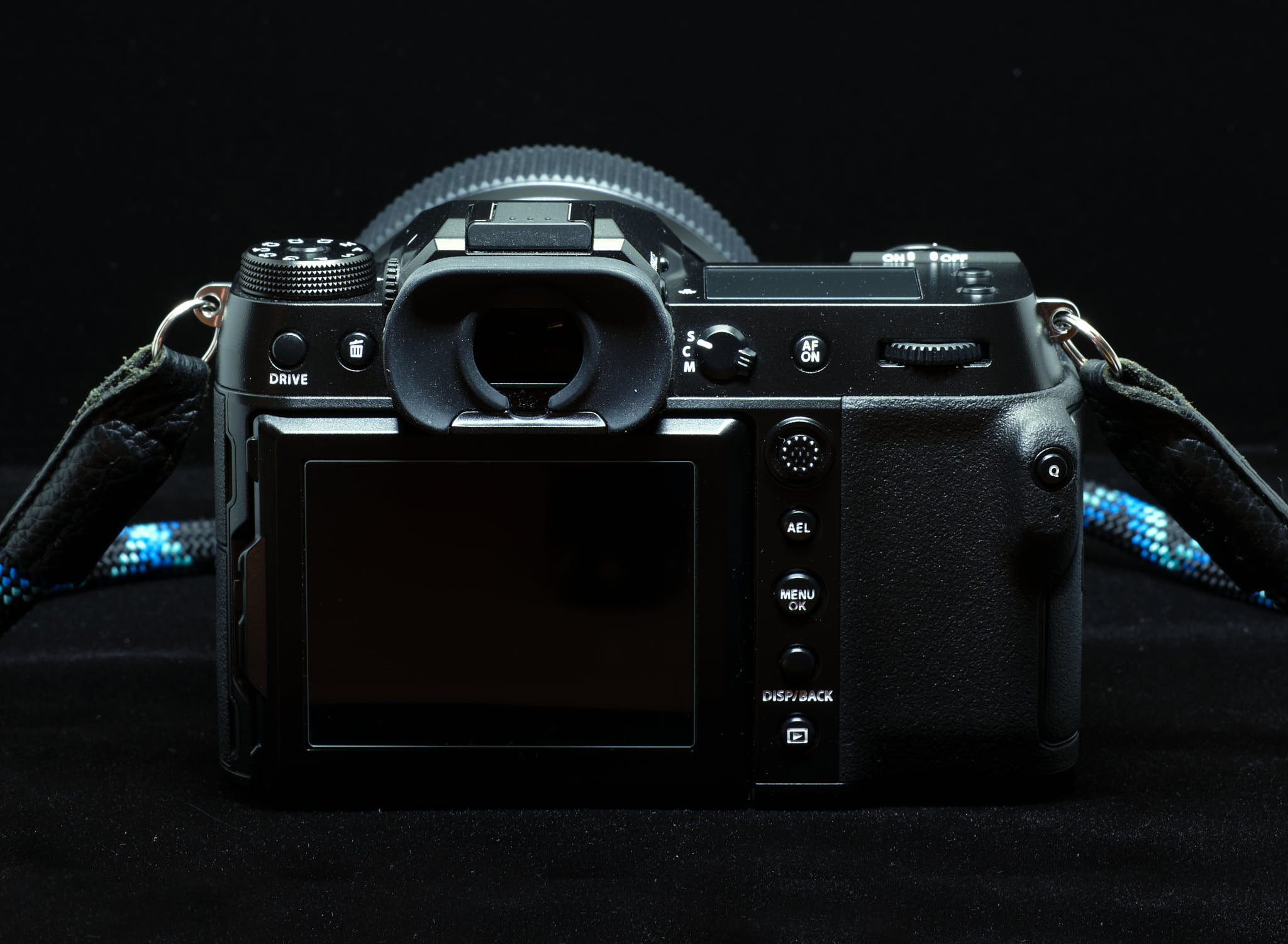
Like with other modern Fujifilm cameras, there’s no d-pad, but there’s a touch screen. I didn’t miss the d-pad on my 50R and I don’t miss it here. It’s nice to have the extra buttons on the X-T4, but I find I prefer the space for my hands on the 50R/100S where the d-pad used to reside. The touch screen works as well as any modern camera, but it’s still not as good as a modern iPhone. Speaking of the touch screen, I love the implementation of the tilting mechanism; it now tilts and extends further from the body so that you can clearly see the screen when looking down during landscape photography past the big EVF cup.
Having been a Fujifilm user for a number of years, I appreciate that they’re constantly working to improve things (kaizen methodology); this can be seen in their multiple attempts at control interfaces, with each camera tweaking, refining and building on the previous ones. However, for those of us that own multiple cameras like the X-T4 or X100V, having different control layouts is maddening. I can understand the need to for different top-plate arrangements given the dial vs. PSAM formats, but Fujifilm should standardize on the back-plate buttons layout. Whenever I switch cameras, I go through a few hours of frustration familiarizing where all the buttons are.

The 100S is the first camera I’ve owned with a top-plate screen. It stays on all the time, even when the camera is turned off, however the information doesn’t update until the camera has been turned on again. In comparison to the Nikon Z7 Mk2, the 100S screen is much bigger and higher resolution, however I like Nikon’s nighttime implementation better where the letters are backlit. On the 100S, you need to manually toggle to a white background to see the information in the dark.
When looking at this camera in aggregate, it’s hard to find areas for improvement, but the controls clearly present an opportunity. I’d love to see the traditional Fujifilm dials back again, and I’d love to see more thought put into the consistency of the buttons, dials, and a more distinct two-step shutter button. However, I do wonder how I’ll feel in six months’ time given that so many cameras have used the PSAM control mechanism for so long; there must be some positives with this approach.
Autofocus
The 50R uses a Contrast Detection Auto Focus (CDAF) system. To get good results, you need to place the focus box on a high-contrast object (eyes work great!) in your composition. One of the biggest benefits of a CDAF system is that the focus is very, very accurate. Once it locks on, the images are tack sharp at the focus point with it being very rare to find a false focus confirmation. With a Phase Detect Auto Focus (PDAF) system, there are phase detection pixels on the sensor, with 3.78 million such pixels on the 100S sensor. They collect information on light and make comparisons to determine when things are in or out of focus.

The benefits of a PDAF system are that there is less need for a high contrast target, and less pulsing since the camera is better able to predict where the lens needs to move to in order to acquire focus; in comparison, a CDAF system needs to go back and forth beyond perfect focus in order to determine when contrast has peaked, which results in some pulsing before perfect focus is acquired on the target.
Many of the GF lenses have a firmware update required to make use of the PDAF system in the 100S.
There’s something very important if you get a 100S and are coming from the 50S/50R, many of the GF lenses have a firmware update required to make use of the PDAF system in the 100S. If you don’t update the lens firmware, the camera will only operate in CDAF mode and you’ll experience the same pulsing and AF performance as the 50R. I’ve noticed many new users of the 100S complaining about pulsing and eventually solved their issues by updating the lens firmware.
Before speaking about AF performance, we need to set reasonable expectations. This camera has a sensor that is 70% larger than full frame. The lenses have been designed to have minimal compromises and typically have a lot of glass to move. In some cases, lenses have been designed for light weight or small size, and as such, they utilize DC drive motors which are slower than linear motors. In my testing so far, I’ve found that AF performance is largely dependant on the lens being used.

For lenses with linear motors, which makes up the majority of the GF lenses, the AF performance is very, very good. I would put it on-par with the X-T3 in speed and on par with the X-T4 for face detection. For lenses with DC drive motors, the AF performance is good, but nothing like what you can get with other brand’s full frame cameras. I’ve been using the GF 80MM F1.7 the past few days and while the AF is relatively slow by modern standards, it’s still very useable in fast paced environments like street photography.
When looking at this from the context of it being a medium format camera, the AF performance is exceptional. However, if you’re coming to this system from APSC or something like the Sony A7 Mk4 series cameras, you should understand the limitations of this format before committing to it. I also don’t foresee AF performance improving much beyond what we have on the 100S because it appears to be limited by lens hardware rather than camera hardware/software.
Performance
One of the biggest features of the 100S is In-Body Image Stabilization (IBIS). Fujifilm has come a long way with their IBIS technology and it really shows in the latest cameras. Both the X-T4 and 100S have incredible IBIS implementations. The 100S especially is amazing that they fit this technology into such a small body; the IBIS is so powerful that you feel a good jolt when turning on the camera. My friend thought it was haptic feedback on the camera turning on, but it’s actually the sensor going to its baseline position.

Without IBIS on the 50R, I needed to use 1/2*FL to guarantee reasonably sharp images and 1/3*FL for very sharp images. With IBIS, I can go down to as slow as a third of a second and get tack sharp images. This means that lenses like the GF45 F2.8 become low-light monsters with 1/30 being 100% useable shutter speeds, as long as your subject remains still long enough. The IBIS performance is so good that I’ve set the auto-ISO to max at 1600; I let the camera dial the shutter speed down to keep it under 1600 ISO.
In regards to overall performance, the 100S feels like a thoroughly modern camera with virtually no lag to any of its controls, whether it be moving around the menus or using the camera overall. I’m always amazed at how quickly Fujifilm cameras go from being completely off to being ready to take an image. I have the habit of turning cameras off in between shots and I find that this works very well for the 100S; as soon as I flip the switch and bring it up to my eye, the camera is ready to take the shot.
I love it when companies put this kind of engineering and thought into their products.
I’ve written a lot about shutter sound and feel over the years. The X-Pro2 has a sexy sound, the M10 (original) is a bit too loud and undamped, the 50R, when using the Electronic Front Curtain, has a divine sound. The X-T4 introduced a luxuriously quiet and perfectly damped shutter, and the 100S continues this march forward; the 100S has an incredibly quiet shutter and a really nice feel to the mechanism. It exudes quality every time you take a shot. I love it when companies put this kind of engineering and thought into their products.
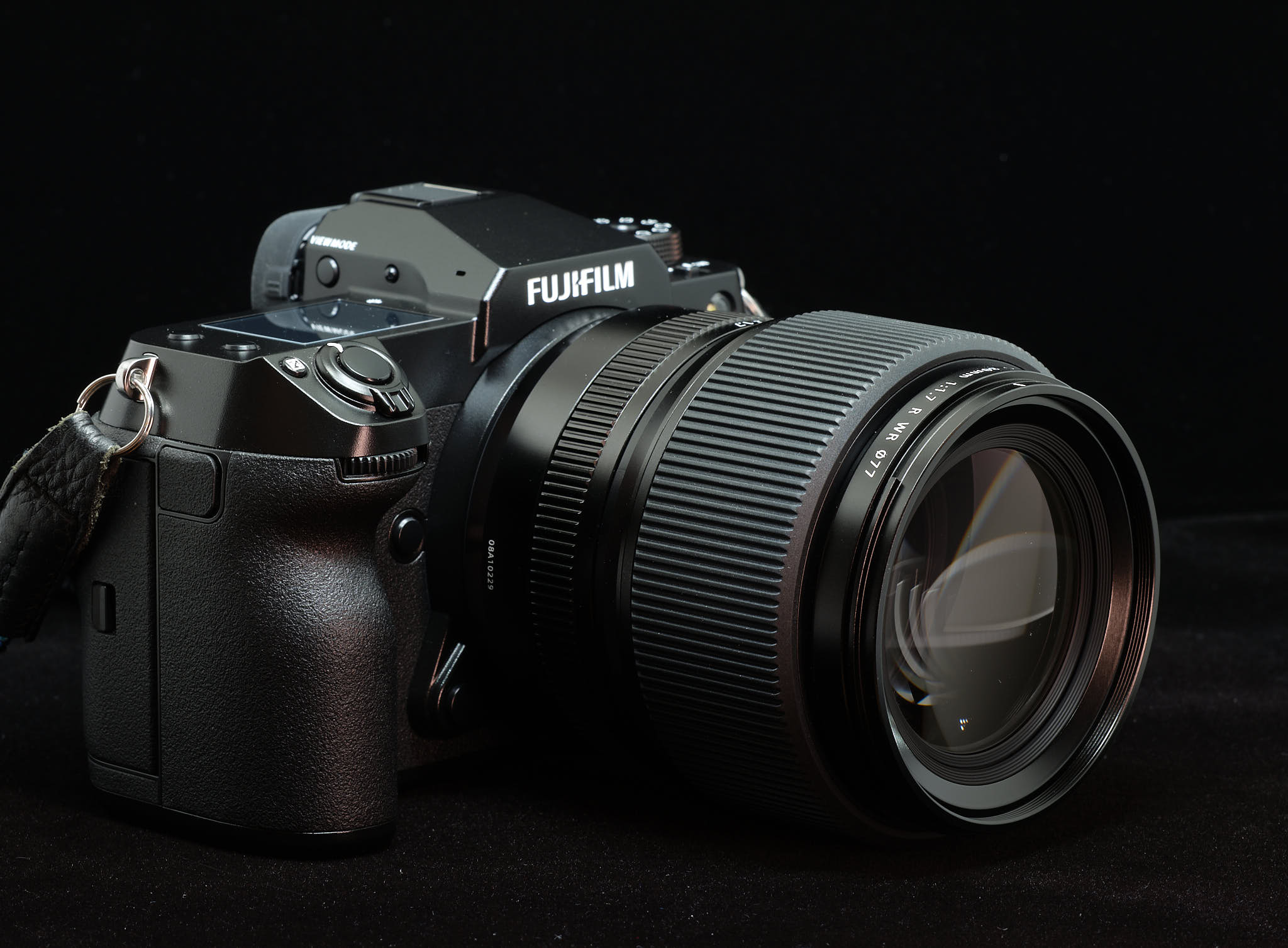
The 100S uses the same battery from the X-T4 which is a welcome change. For those of us in the Fujifilm ecosystem, this allows us to take only one type of battery around. The battery performance is excellent and easily lets me get through a day of shooting without having to worry about running out. Furthermore, the 100S now includes in-camera charging via USBC. This works well and is very convenient, especially when travelling and USBC sources are more readily available than AC outlets.
For times when I need to charge more than one battery or when I don’t want the risk of my camera getting launched off a counter from the attached USBC cable, I’ve purchased the Nitecore dual charger which uses a clever design to make it super portable, while able to charge two batteries at once. I’m currently testing it and will provide an update once I’ve run it through a number of scenarios. You can also purchase the Fujifilm dual charger.
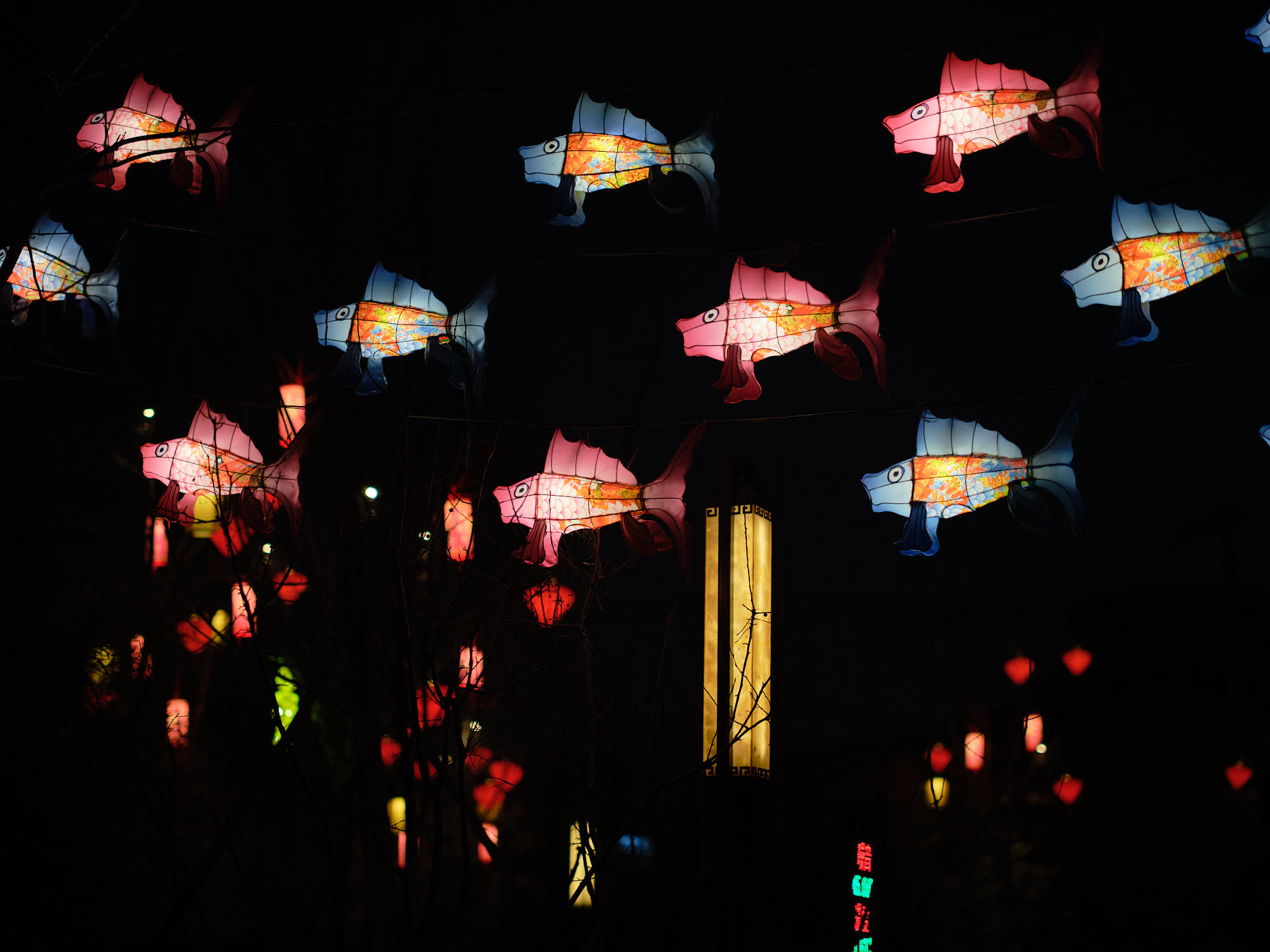
The only place where you’ll feel that things are slower than expected are when you want to use the “high-speed” drive mode which is capped at five frames per second. The other area where you may feel some delay is when using DC drive motor lenses, when viewing images, the camera requires the lens to reset back to a starting point; that means you’ll be waiting for the lens to rack before you can view the image. I wish Fujifilm could fix this by showing the image, while racking the lens in parallel.
I’ve been burned by sharing my experiences with the Fujifilm Camera Remote app before, but I’m going to put myself out there again. While I’ve had somewhat positive experiences in the past, the recent versions have been completely broken on my iPhone 12 Pro. However, with the 100S, I’ve had 100% success in connecting to the camera on the first try and have experienced no disconnects, even when downloading many images in one go. The app still needs a lot of work, but at least the basic functions are working again.
Portability
This is the medium format camera we’ve all been waiting for. It’s barely bigger than the X-T4 and is right in line with modern full frame cameras like the Leica SL2 or Canon R5. It feels phenomenal in the hand, with an excellent grip. I thought the grip was too big at first, but I love how I can hang the camera from the grip using my fingers with the camera alongside my body while I walk around.
I’ve taken the camera to bars, restaurants, on the street and in places where cameras are not usually welcome, and nobody has given me any second looks.
This is a camera that you can take anywhere and everywhere and not be noticed. I’ve taken the camera to bars, restaurants, on the street and in places where cameras are not usually welcome, and nobody has given me any second looks. With a lens like the 50MM on, it becomes a very easy camera to take anywhere. I want to reiterate this point, the 100S becomes a camera that you can take everywhere; a 102MP beast that you can take anywhere. Fujifilm deserve huge credit for packing so much usable technology into such a small package.
Video
When I did the 50R review in 2018, I noted that the 50R takes videos but that no one should use it for video. Well, that’s changed with the 100S. The video coming out of this camera is very good, and the GF lenses provide that beautiful contrast, colour and rendering that we’ve all come to love. Many of the lenses are not very good for video with focus shift and noisy autofocus, but if done carefully, you can create beautiful footage from this camera. I should note that video is limited to 4k and 30fps, whereas the X-T4 can do 4k 60fps. However the camera does allow for high bitrate of 400mbps, so the quality of that 4k 30fps footage is very good indeed.

Where things get interesting is when using vintage or full frame lenses on the 100S. With the 5-axis IBIS, old vintage lenses take on a whole new usability. With the 16:9 format for video, some of the vignetting issues of full frame lenses on the medium format sensor get mitigated. I think this camera, mated to older lenses, is going to open up a whole new world of unique video footage with a film-like or IMAX feel to the videos. If you decide to use Fujinon lenses for video, I would recommend starting with all manual controls (set the ISO, shutter speed, aperture, and focus manually) and use the touch screen to manipulate the focus point. This has resulted in excellent footage in my experience.
Image Quality
I thought I didn’t need or want 102MP, but I was wrong. The 50R produces spectacular image quality, and the jump from 50MP to 102MP is actually not as big as I expected. Instead, where the 100S shines is in the reduction of moire on high frequency content. In my testing, I’ve found the 50R is actually sharper at the pixel level, but that’s because of the micro lenses that Fujifilm chose to use on that camera; while it increased sharpness, it also creates significant moire issues. The 100S solves this issue; you get all the detail and sharpness you can want, without moire.
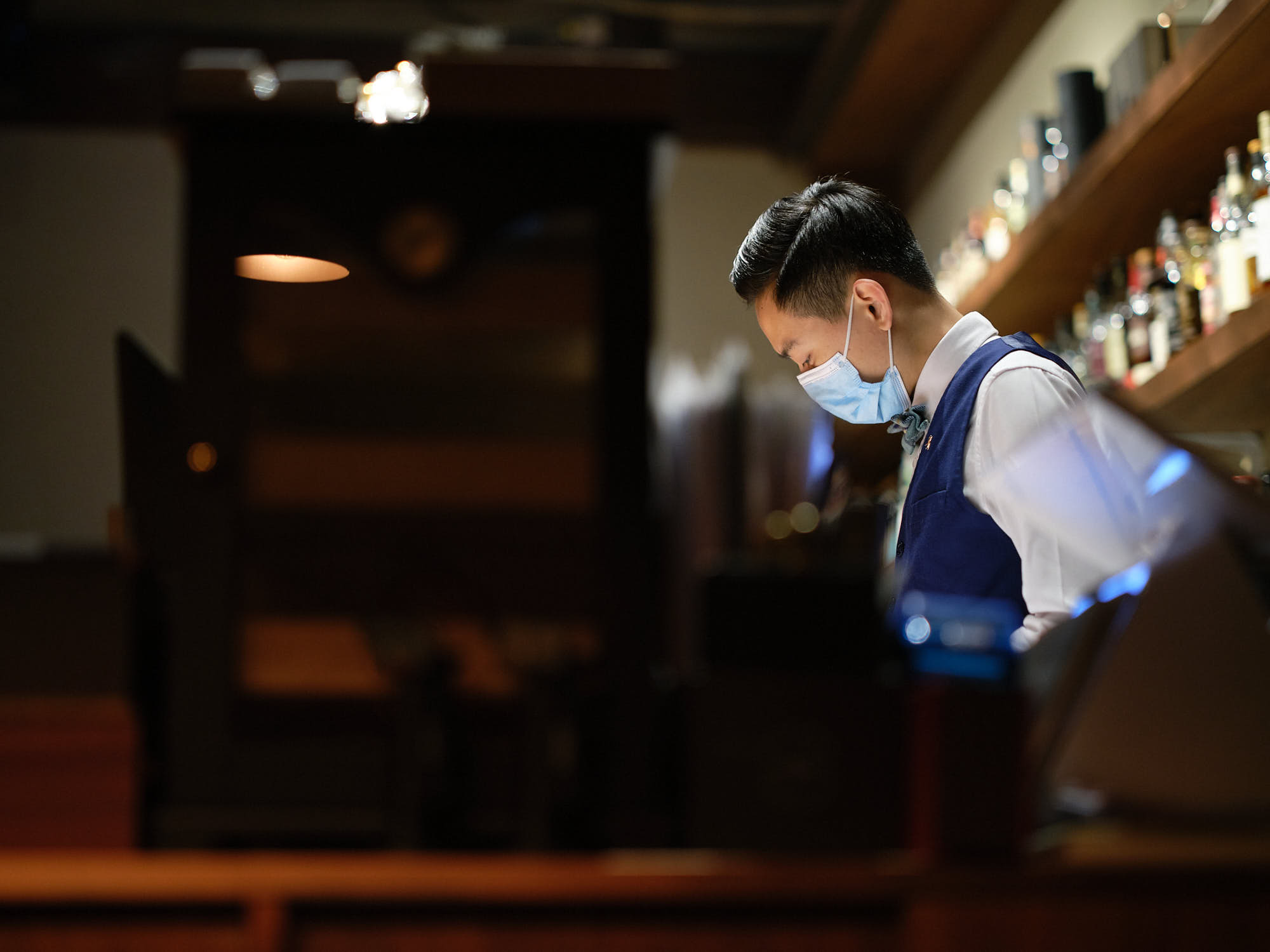
I was concerned that there would be a price to pay for this resolution in terms of disk space and processing time, but in reality, the impact has been minimal. With the 100S set to 14-bit lossless compressed mode, the RAW files are coming in at ~80MB versus ~40MB for 50R and the outputted JPEGS from Capture One 21 are coming in at ~9MB versus 7MB for 50R.
For processing, Capture One 21 on my M1 MacBook Air with 16GB of ram devours the files with no lag or issues. My 2019 i9 iMac with 32GB of RAM however seems to struggle wth the Radeon video card’s RAM constantly maxed out. I can’t say for certain if this is due to the 100S images or if it’s due to the software since I recently updated Capture One to the latest version in order to open the 100S files. If I was a betting man, I would say the slowdown is from the software rather than the files.
Conclusion
If you took all the good things that Fujifilm has done since they launched the X-series cameras in 2011 and put them into one camera, you would have the Fujifilm GFX 100S. Their constant drive to improve has resulted in this powerhouse of a camera, wrapped tightly in a small and portable body. Even after using the camera for several days, I still marvel at how small it is, and the punch it packs. I shared the camera with some friends unfamiliar with Fujifilm and let them play with it. They treated it like a typical APSC camera, shot some images, took it around wherever they went, and then I got to see their jaws drop when they clicked the play button and zoomed into the focus point at 100%.
I can wholeheartedly recommend the 100S to serious photographers and photography enthusiasts. While it’s not an inexpensive camera, it’s actually a bargain for what you get.
In this modern and fast changing world, we use the words “game changer” a lot, but cameras like this really are. We can now take 102MP medium format images anywhere and everywhere. It’s that usability that really makes this camera exceptional. From the IBIS system which now make relatively slow F2.8 lenses into low light monsters, to the approachable and familiar menus, to the convenience of in-camera charging, the 100S brings so much to the table. I would dare say that Fujifilm underpriced the 100S and could have easily sold this camera for $6,999 or more.
I can wholeheartedly recommend the 100S to serious photographers and photography enthusiasts. While it’s not an inexpensive camera, it’s actually a bargain for what you get. If you’ve found this review helpful, please consider using the link below. This website may earn from qualifying purchases.
Discover more from fcracer - Travel & Photography
Subscribe to get the latest posts sent to your email.
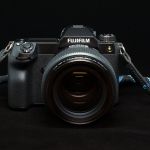
Thanks for the info. Your latest post is great.N
The review is fabulous. Enjoy the camera and the new lens.Do I have to do firmware updates On my lenses when I receive the 100S. I have the 50R.. Neal
Hi Neal, yes you’ll have to update the firmware on all of your lenses that have a .1 version available. Without that, the AF system will only use the contrast detection capability which dramatically reduces the AF performance (essentially makes it the same as the 50R). You’re going to love the 100S. I just finished my first trip with it and I’m over the moon at how well it performed. I’ll be posting some pictures soon.
Thanks for a great review! Any chance you could test long exposure noise performance at ISO 100 with and without noise reduction turned on? I often shoot at shutter speeds upwards of 4 minutes and haven’t yet seen any mention of how the smaller body of the 100S handles heat and noise at such extremes.
Hi DN, I’ll run a test tonight and get back to you. I usually leave technical testing to the amazing work Jim does at his indispensable blog but I’ll give it a shot 🙂
Hi Praxxim, I’ve posted two long exposure images as per your directions and posted them on DPR where you also asked the question. In short, the LENR does not appear to make much difference which means the sensor is good in that it has few hot pixels. In the four minutes exposure, the one without LENR has only four pixels showing with four stops of increased exposure; the one with LENR reduces that to one pixel showing. Given the four minutes of time savings, I’d run the camera with LENR turned off. Here’s the link to the post on DPR.
Through review and beautiful images. I know this is a GFX100S review, but I believe you just sold me on the GF80.
Hi there, I have a review coming on the 80MM. I’ll steal my own thunder and say that it’s a must buy!
What a sensible and informative review of the 100s. You are absolutely correct: Fuji MF cameras are an ergonomic mess, betwixt and between. The rear dial and new joystick on 100s are way better than on my 100. While the 100s is stripped of clutter I don’t think we Fuji lovers can pretend the build here is akin to anything on a Leica SL2. I’m no Leica advocate. However, no control, absolutely none, on the 100s is as robust and simple to use as the SL2. It disappoints me. Having committed all my disposable income to GF 4 years or so ago I had high hopes the 100s would set a new standard in build quality. As you very fairly point out, it just doesn’t. The truth is that XT4 is better built. Probably my initial 50s was better built. Covers on the 100s are indeed flimsy. It is , nevertheless, one hell of an image making machine in a very portable package. My 100s with now stabilised 32-64 is 1.45kgs. CT4 plus 16-55 is 1.3 kgs. Thus has the weight and portability gap closed between big sensor cameras and the best aspc machine on the market.
Hi Darrel, I never thought to compare it to the X-T4 in terms of weight, but now that you have, it’s pretty amazing to see what Fujifilm have done with this camera. I just took the 100S on a weekend trip to a beautiful part of China and will soon images from that trip. I’m ecstatic at how well it worked on the trip; in fact, I didn’t even take the 100V out of my luggage, and same with the tripod! Enjoy your new camera, we’re so fortunate to own these beasts!